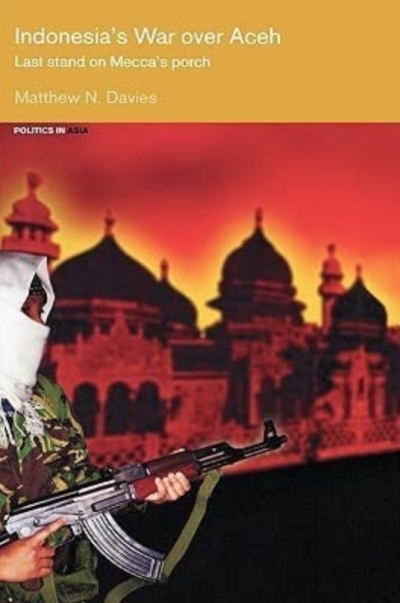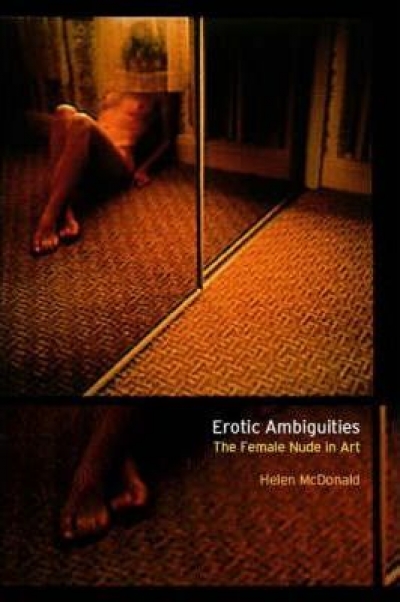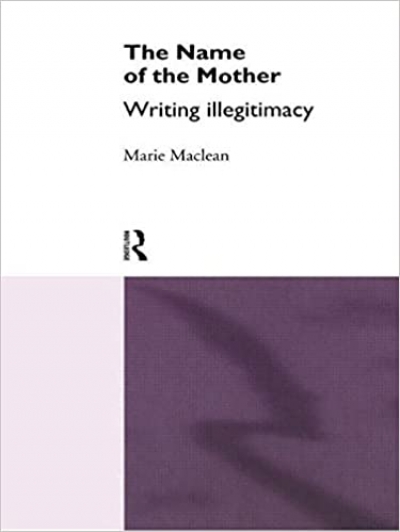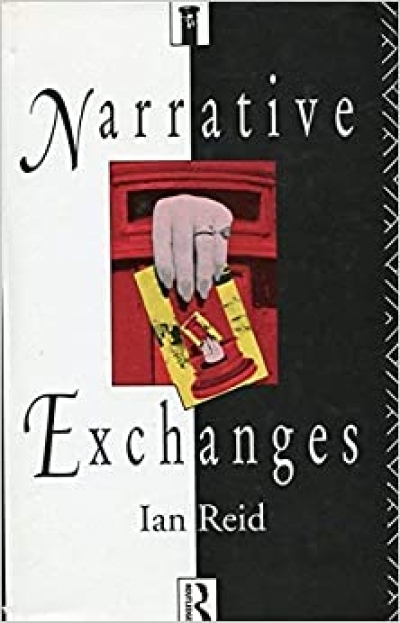Routledge
Indonesia’s War Over Aceh: Last stand on Mecca’s porch by Matthew Davies
by Damien Kingsbury •
Erotic Ambiguities: The Female Nude in Art by Virginia Rigney
by Virginia Rigney •
The Name of the Mother: Writing illegitimacy by Marie Maclean
by Rosemary Sorensen •
Teacher Learning edited by Gwyneth Dow & Melbourne Studies in Education 1982 edited by Stephen Murray-Smith
by John Hanrahan •

